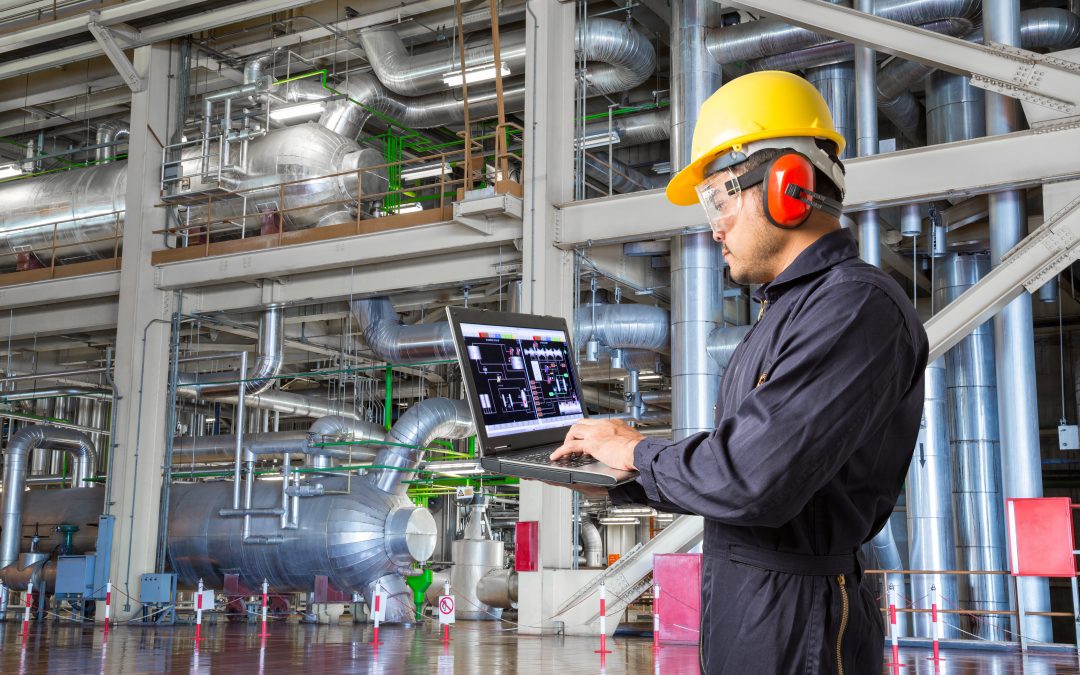Manufacturing leaders are increasing their innovation budgets to be more competitive, with 41% planning to add more money to drive organizational change. Historically, manufacturing has been known as an industry that’s more prone to risk aversion, but in an ever-shifting manufacturing climate, companies know they need to foster innovation throughout the manufacturing environment. To build innovation, consider how leadership interacts with employees, and what can be done to encourage employees to innovate.
Start with leadership.
The first step toward innovation in a manufacturing environment is to have open, passionate leadership. If you’re the type of leader who embraces change, is forward-thinking, and is willing to go out on a limb for your team, your team will be more likely to bring new ideas to the table. Management’s attitude toward new ideas sets the tone for the rest of the organization.
Create a communications culture.
Employees may have innovative ideas, but aren’t sure who to bring them to. In the manufacturing environment, where shop floor employees may see opportunities to improve operations every day, it becomes important for them to have a point of contact to share ideas. Suggestion boxes and open-door policies can go a long way to get employees to open up. Offer regular opportunities for employees to meet with management so that leaders can communicate that they’re open to hearing new ideas.
Additionally, share news – good and bad – with the team. For example, if the cost of materials has gone up, let the team know, they may proactively look for ways to be more efficient and create less waste on the manufacturing floor.
Consider 15% time.
First pioneered by William McKnight at 3M, 15% time is when you allow employees to spend 15% of their time on experimental projects that could result in new products or more streamlined processes. While this may not be practical for every employee, allowing more senior team members time to experiment with new ideas could give rise to ways to create more efficiency.
Reward innovation – and failure.
Even the smallest contributions can go a long way toward making your manufacturing environment more innovative. Recognition can go a long way in encouraging employees to participate. It can be as simple as acknowledging an idea or as formal as a bonus or prize for an innovation that made a positive impact. Be consistent when you offer rewards; recognizing only the “big ideas” may discourage smaller, less impactful suggestions.
On the flip side, employees might hesitate to bring an idea to you because they’re afraid it won’t work – and their jobs are on the line. Create a tolerance for failure and be willing to take risks. Some companies even take their failure tolerance to a new level by offering awards for employees with unique, daring ideas that didn’t get results.
Provide the necessary resources.
In addition to time, employees need resources like funding, additional space, and even a small team to get some projects off the ground. If your employees bring you a plan that requires any of this, make a point of giving it to them. Even if it’s not feasible and doesn’t happen, they’ll see that you tried and continue to bring you ideas.
Innovation can grow in a manufacturing environment if you provide the encouragement and resources for it to do so. Your employees will flourish if they know their ideas will be heard, and they won’t be penalized if it doesn’t work out. Start from the top down, and establish a culture of innovation that extends to the shop floor.
To learn more about Master Fluid Solutions and how our products can help you innovate on the shop floor, email us at [email protected] or call +1 800-537-3365.

